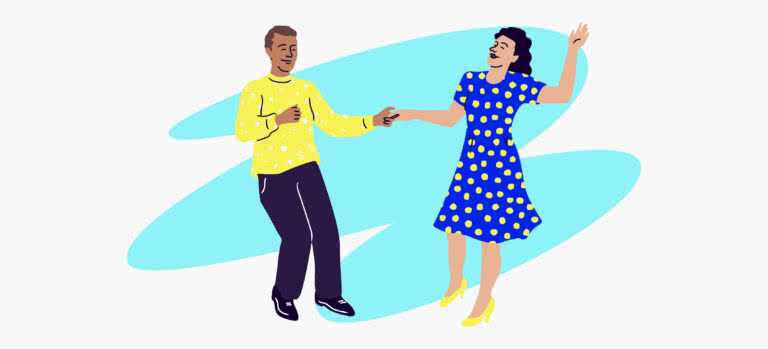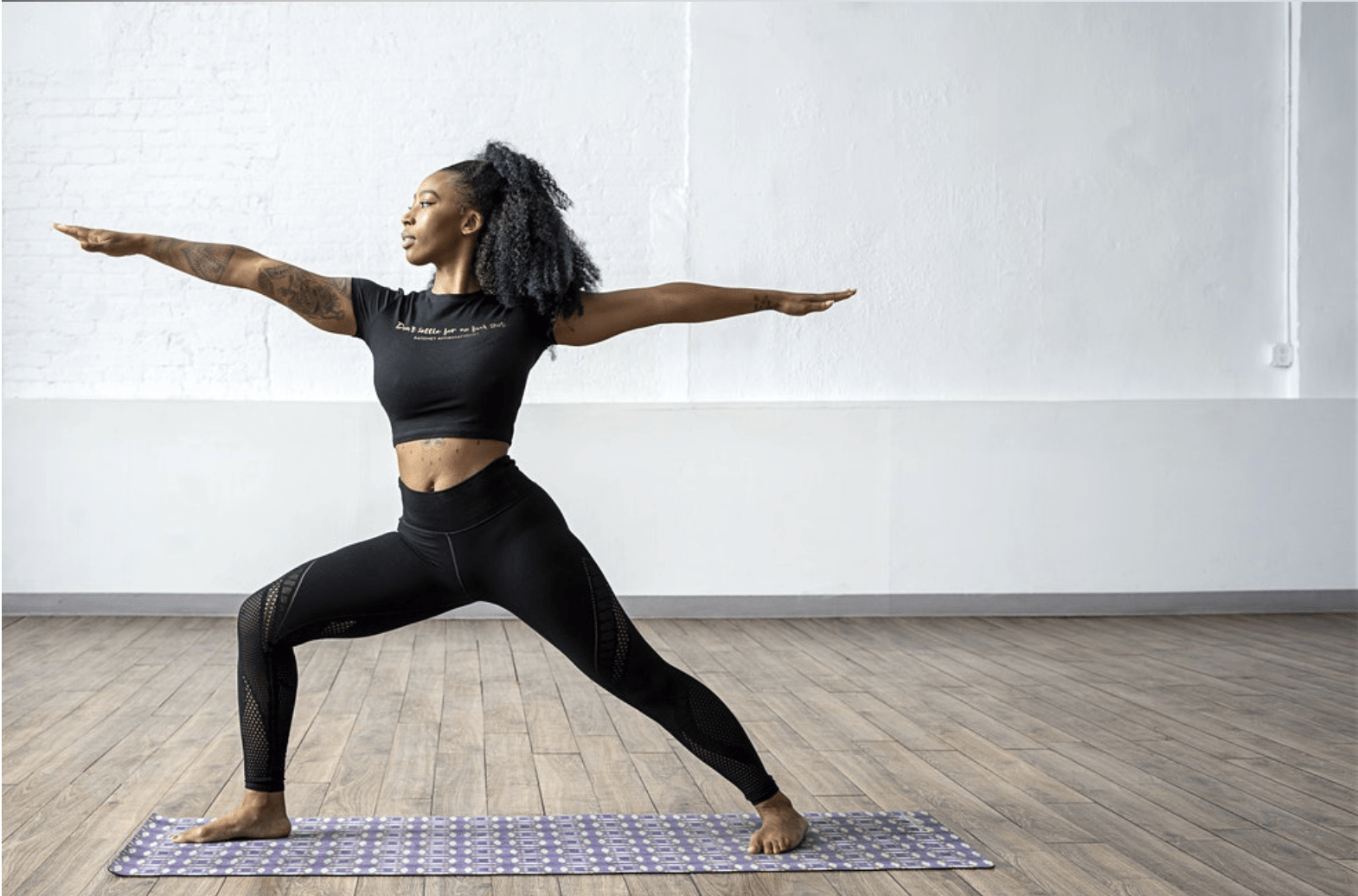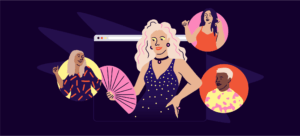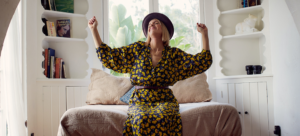A full century has passed since Lindy Hop was born in 1920s Harlem, but this joyful, physically expressive form of partnered swing dance continues to capture hearts today. Lindy Hoppers have built a sub-culture composed of jazz fanatics and dance enthusiasts excited about the incredible history and sporty physical collaboration that Lindy Hop brings.
During most of the year, modern Lindy Hoppers attend regular classes, go to evening-long dances and competitions with anywhere from 10 to 200 other people, and even travel to week-long overnight camps, where participants dance together from dawn till dusk.
Of course, with COVID-19, none of those things can happen today. The pandemic and its effects on the world have changed nearly every aspect of our lives, but for Lindy Hoppers, the social changes are particularly impactful.
Adam Brozowski, a Seattle-based professional dancer who started Lindy Hopping as a kid in the 90s, has crafted a career out of Swing dance. “A regular year for me involved traveling to teach and perform at anywhere from 30 to 40 specialized dance workshops and festivals, all over the world,” he says. “You might meet someone from another country, maybe you don’t speak the same language, but if you dance together, you can communicate and have a conversation through movement and music.”
Like many other forms of swing dance, Lindy Hop is a social activity at its core — one where you physically hold hands with strangers for hours at a time. “Dance is a living, breathing, ‘IRL’ activity,” says Brozowski. “And social dances like Lindy Hop are the most extreme example of that.” But in lieu of in-person gatherings, international fans of this spirited dance craze are signing on to jive with their fellow jazz addicts while in isolation.
Live bands are performing on social media, dance instructors are receiving homemade dance videos from their students for advice and technique review, and even festivals are going entirely virtual, with the Cape Town-based Mother City Hop converting their full week-long camp into a massive (and now free) online event.
Organizations like LindyGroove are busy organizing live dance classes, swing-focused panel talks, and dance-a-thon fundraisers for people in need. There’s even an entire Facebook group dedicated to live streaming swing dance concerts and events, keeping dancers connected through this trying time with near-nightly concerts, lessons, and virtual gatherings. And Brozowski is currently crafting pre-recorded Lindy Hop dance lessons and LGBTQAI+ jazz history talks, with tickets available on Eventbrite.
Although Lindy Hop is primarily a partner dance, where you must physically connect with someone in order to execute many of the moves, Lindy Hop organizations are embracing related solo dance styles like the Charleston during isolation. “There are literally hundreds of teachers who are right now offering their services in various ways to help you to do solo jazz,” says Rik Panganiban, the founder of yehoodi.com, who has shouted the joys of Lindy Hop for nearly two decades. “It’s done to some of the happiest music out there, and there’s a million amazing videos you can watch and get inspired by,” says Panganiban.
And although in-person Lindy Hop gatherings are cancelled, the virtual aspect opens up so many more experiences to dancers who may not have been able to participate, whether because of physical location, budget, or a limited number of hours in the day. “Last Saturday, I went to four different virtual dances and concerts in my home, which sounds kinda sad, but also really cool,” Panganiban laughs. “I can just kinda like, go to my friend’s live stream and watch him play jazz guitar and tip him on Venmo, then switch over to this other dance that normally happens in LA … Meanwhile, I’m going to the kitchen and cooking and playing with my cat.”
Norma Miller, one of Harlem’s original Savoy Ballroom Lindy Hoppers, was known as the Queen of Swing before she passed away in 2019, but had some words of wisdom for Brozowski when they taught together in San Francisco. “She always said, ‘If you ain’t got a horse, ride a cow,’” he remembers. “This mantra … really described how she had to fight to stay innovative in a society that didn’t allow female Black artists like herself to succeed, and I think that her message is really relevant right now. Necessity if the mother of invention, [and] what we create now may help us innovate the next big thing.”
This moment in history might be a turning point for many modern cultural groups, including Lindy Hoppers. After all, they might be dancing by themselves, but they’re ideally suited for coping during a pandemic: What better way to greet someone in isolation than with your best jazz hands?
“We can still check in on each other and express our hopes for each other and wishes for our families,” says Panganiban. “It’s not as good as giving someone a hug, but it’s a connection, and it’s all those things that are gonna get us through this.”






